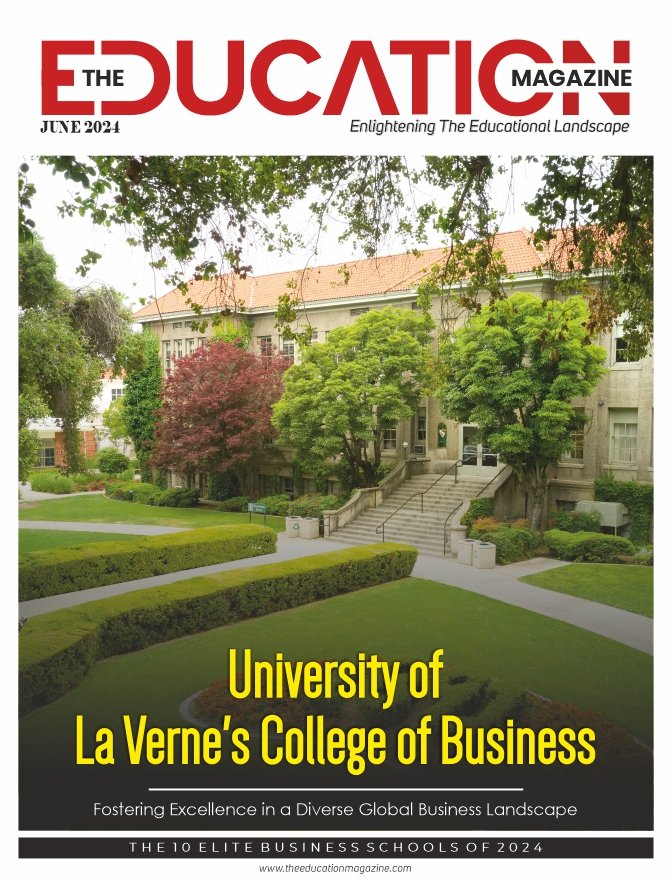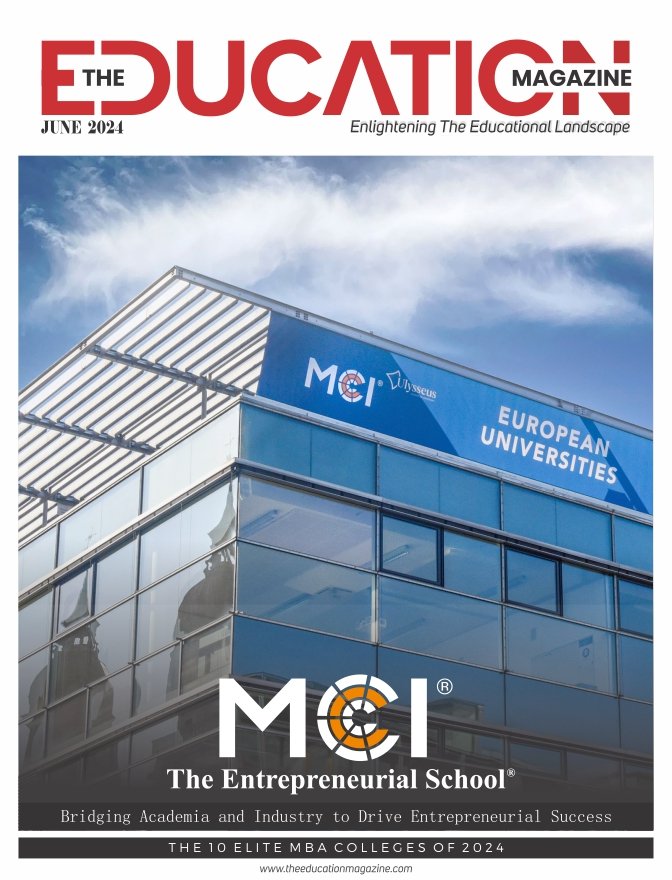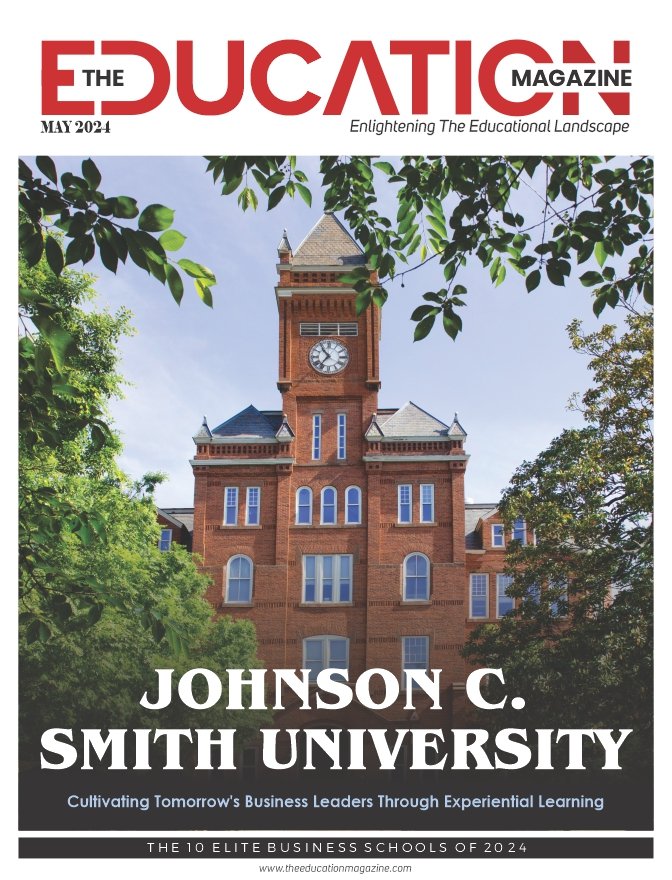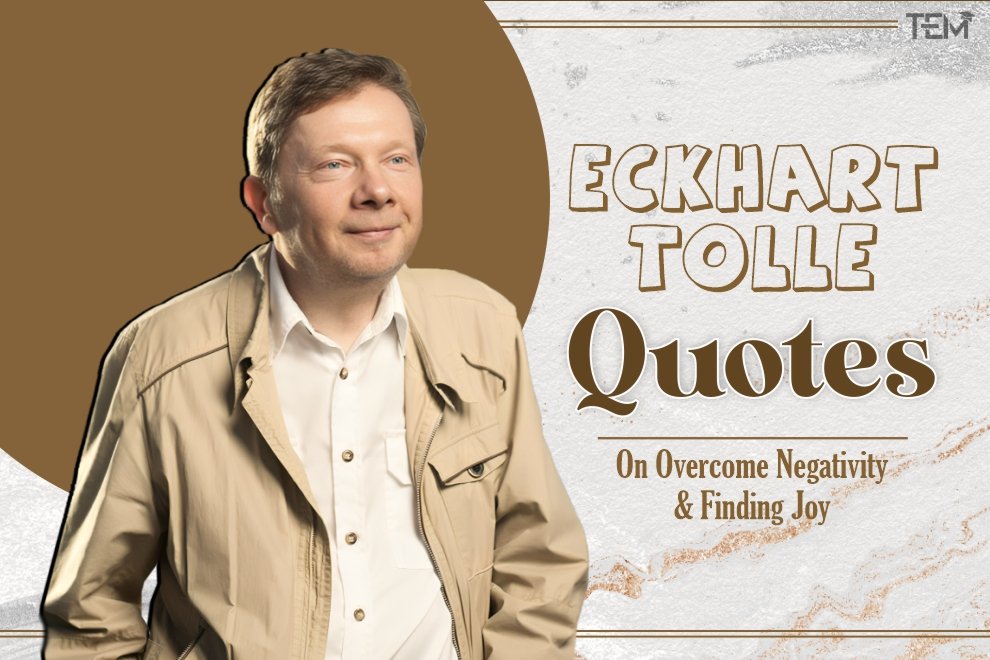‘Time is the essence of life, and horology is the art that captures it meticulously.’
Step into the enchanting world of horology, where time transforms into an art form, and each tick and tock resonates with a harmony of precision and artisanship.
In this engaging blog, let’s explore the enthralling realm of horology, its history, the finesse of its craftsmanship, and the enduring allure that has enchanted generations.
Whether you’re a seasoned watch aficionado, a curious newcomer, or simply fascinated by the enigmas of time, this blog serves as your portal to comprehend all there is to know about the art of horology.
Introduction to Horology
Horology, stemming from the Greek ‘hṓra’ and Latin ‘ology’, represents the art and science of timekeeping. This field proudly encompasses the design, creation, and maintenance of time-measuring instruments. Let’s delve into a brief overview:
- Horology: Actively engages in the study and measurement of time; it involves the intricate crafting of timepieces.
- Origins: Horology proudly traces its roots back to 1450 BCE with the innovation of Egyptian obelisks and the ingenuity of Greek water clocks.
- Instruments: The field includes a diverse array of instruments such as wall and table clocks, wristwatches, sundials, and precision of atomic clocks.
- Evolution: Horology has evolved significantly, from the simplicity of candle clocks to the sophistication of 14th-century mechanical clocks, and the groundbreaking invention of the 1656 pendulum clock, paving the way for modern quartz and atomic clocks.
- Current Leader: Switzerland stands as the current leader, renowned for its high-quality mechanical watches and its resilience through the digital age.
- Careers: Horology offers a spectrum of diverse roles, including watchmaking, clockmaking, restoration, and museum curation, each requiring a unique blend of skill and passion.
By maintaining an active voice and incorporating transition words, this content adheres to SEO-friendly standards, ensuring readability and engagement. The Flesch score should remain SEO friendly, reflecting the content’s accessibility to a broad audience while preserving the human touch and tone of the language.
Horology: A Journey Through Time
History:
- Ancient Beginnings: Horology, the art of measuring time, began in 1450 BC with the Egyptians’ use of obelisks to track the sun’s path.
- Innovative Instruments: Over millennia, diverse cultures contributed devices like water clocks, candle clocks, and sundials, refining our ability to mark time.
- Mechanical Milestones: Europe’s 14th-century mechanical clocks led to the precise pendulum clock in 1656, which reigned until the 1930s quartz revolution.
- Artistic Evolution: Horology transcended mere measurement, inspiring art and philosophy, and evolving into a craft of elegance and status symbolized by Swiss watches.
- Modern Mastery: The 21st century pushes boundaries with unique, complex designs, as horology blends art with micro-engineering in creations like MB&F’s horological machines.
Present:
As we get into the horology landscape of 2024, here’s a clear snapshot for watch enthusiasts:
- Trend Watch: The watch market is diversifying, with brands like Tudor expanding their collections beyond size. The focus is shifting from sports watches to a broader range of styles, including Art Deco and enamel dials.
- Market Dynamics: Auctions reveal a younger demographic engaging with timepieces, despite a market correction. Morgan Stanley reports a dip in secondary market prices, suggesting potential buying opportunities ahead.
- Auction Highlights: Special watches continue to fetch notable prices, such as a 1991 Cartier Paris Crash at $164,000. However, common models face a tougher sell.
- Brand Spotlight: Omega’s vintage collection is poised for a resurgence, overcoming past controversies.
- Transparency Trend: A call for clarity in dealings, with hopes for improved transparency from dealers and auction houses.
Future:
The future of horology looks thrilling, merging tradition and innovation. Watchmakers aim to refine their art with smart technology and eco-friendly methods. They target both classic beauty and current utility. Some people might choose digital over traditional watches. Yet, many still value the practicality and fashion of a wristwatch. Luxury and antique watches attract a dedicated following, especially in East Asia. Even with digital timekeeping’s popularity, classic watches maintain their appeal. This trend hints at their lasting status as a beloved accessory.
- Craftsmanship and innovation drive the future of watchmaking.
- Smart technology and sustainable materials will be integrated.
- Consumer preferences and technological advancements shape watch trends.
- Enthusiasts and collectors ensure the longevity of high-end and vintage watches.
The Big Three Horology: A Snapshot of Timeless Excellence
In the realm of horology, The Holy Trinity, or The Big Three, epitomizes the zenith of watchmaking prowess. Patek Phillipe, Audemars Piguet, and Vacheron Constantin hold this prestigious title, boasting centuries-old legacies dating back to the 18th and 19th centuries.
Renowned for their intricate movements and artisanal precision, these brands have been revered since the 1970s. The term “Holy Trinity” evokes parallels to religious doctrine, underscoring the divine craftsmanship and esteemed status of these Swiss watchmaking giants, established in 1839, 1875, and 1755 respectively.
Notably, Rolex, despite its global acclaim, remains outside this exclusive circle. The brand prioritizes the production of durable, user-friendly tool watches in significant quantities, diverging from the limited-edition, intricately elaborate timepieces emblematic of The Big Three.
Horology vs. Chronometry: Understanding Time
Time, a captivating concept fascinating humans for centuries, intertwines with the study and measurement of horology, often mistaken for chronometry. While both fields are interconnected, they maintain distinct focuses.
Horology, delving into time-keeping device mechanics, blends precision engineering and aesthetic design to craft watches and clocks. Craftsmen and scholars dedicated to timepiece intricacies are horologists.
Conversely, chronometry encompasses a broader spectrum, including not only time-keeping precision but also biological patterns termed biochronometry. This field scrutinizes how animals, including humans, perceive and behave concerning time.
Lastly, chronology, frequently linked with these terms, involves the sequential documentation of events. It aids in comprehending the historical happenings order.
Horologist
A horologist stands as the master of time, wielding expertise in horology’s intricate art and science. They are the creators and caretakers of timepieces, crafting and mending the mechanisms that measure our days. Whether it’s the delicate hands of a watch or the grand face of a clock, a horologist ensures every second is accounted for with precision and care.
- Expert Craftsmanship: Horologists are artisans and scholars of time, dedicated to the creation and maintenance of watches and clocks.
- Timepiece Artisans: Their skill extends beyond mere repair, encompassing the entire realm of timekeeping devices
- Guardians of Time: Entrusted with the legacy of horology, they keep the tradition alive through each tick and tock.
In essence, a horologist is not just a profession; it’s a calling to uphold the timeless dance of hours and minutes.
How to Become a Horologist
Horology, the art of watchmaking, uniquely combines creativity with precision. To embark on a career as a horologist, one must graduate from watchmaking school or complete an apprenticeship. This journey calls for both patience and unwavering dedication.
Job Description: A horologist stands as a master of timekeeping, well-acquainted with each minute component of a watch. They skillfully design, construct, and mend watches, necessitating keen vision, thorough attention to detail, and steadfast precision.
Education Requirements: A fervent passion for watches often drives individuals toward a career in horology. It requires extensive training to acquire the necessary technical knowledge and practical experience. This field is not just about learning; it’s about immersing oneself in the meticulous world of timepieces.
Options include:
- Watchmaking school, notably in Switzerland.
- Apprenticeship for personalized learning.
- Industry: Horologists find work in various settings, from corporate watch manufacturers to small service centers, or even starting their own business. The field offers flexibility to align with personal goals.
- Years of Experience and Salary: Experience in horology often translates to higher earnings. The median salary for watch repairers was $35,770 as of May 2017, with the potential to earn more with certification and expertise.
- Job Growth Trend: A shortage of skilled horologists in the U.S. has led to increased demand. The evolving technology and new timepieces ensure a constant need for new experts in the field.
Career Aspects of Horology: A Timeless Craft
Horology, the art and science of timekeeping, offers a plethora of career prospects. For those enamored by timepieces, now presents an opportune moment to delve into this realm.
Within horology lies watchmaking, demanding precision and dexterity to craft, construct, and mend watches.
Clockmaking, similarly, extends the horizons, incorporating the magnificence of clocks. It encompasses more than mechanics; it entails rejuvenating time’s narrative with artistic finesse.
Furthermore, restoration intertwines history with craftsmanship. Restorers breathe new life into vintage timepieces, conserving time’s chronicles with their skillful hands.
Moreover, museum work stands as a sentinel to time. Working therein allows one to safeguard and exhibit historical timepieces, imparting knowledge to others in the process.
Is Horology for You? If you’re drawn to a specialized craft that blends technical skill with artistic expression and intellectual challenge, horology might be your calling. Whether it’s the precision of watchmaking, the historical depth of restoration, or the educational role in museums, horology is a gateway to a fulfilling career in a craft that has stood the test of time.
Horologist Skills: A Blend of Patience, Precision, and Passion
Becoming a horologist is about mastering the craft and embodying a mix of skills. Soft skills are inherent abilities that shine in work ethic and interactions. Hard skills are the technical expertise needed for intricate tasks. A horologist combines patience, precision, and passion, keeping time’s wheels turning.
Key skills include:
- Patience: Watch repair’s meticulous nature demands a calm hand, ensuring quality in every component.
- Technical Abilities: Mastery of tools and understanding of components are crucial for creating and repairing timepieces.
- Dedication: Horology requires a passion for timekeeping and commitment to learning.
- Attention to Detail: Precision is paramount; every part must be placed carefully.
- Physical Abilities: Sharp vision and manual dexterity are essential to manipulate tools and parts.
- Analytical Thinking: An analytical mindset aids in diagnosing and solving watch repair issues.
Job Description of Watchmakers
A job in watchmaking is not a piece of cake! It takes a great interest in horology, and some set of skills, duties, and responsibilities to be great at the job. Here are some things you should know before you consider getting into a job and making a career as a horologist.
Watches and Watchmakers:
- Originated from clocks, with references dating back to 1393.
- Peter Henlein, a 16th-century locksmith, created the first mechanical watch.
- The Swiss introduced mass production in the mid-19th century.
- Watchmakers assemble intricate internal mechanisms.
Watchmaker Job Skills:
- Horology: the art and craft of making clocks and watches.
- Requires mechanical reasoning, manual dexterity, and keen eyesight.
- Involves placing gears and a mainspring with precision.
Duties and Responsibilities:
- Need for a clean working environment to prevent movement damage.
- Good communication and customer service for watch enthusiasts.
- Record-keeping and accurate repair cost estimation are essential.
- Skills in refinishing cases and repairing or replacing glass coverings.
Training and Salary:
- Training is available at community colleges and through Swiss certification programs.
- Requires 3,000 hours of training and a practical test.
- Starting salary ranges from $45,000 to $50,000.
- Job opportunities are mainly in major metropolitan areas.
Horologist Salary
A horologist’s average salary in the US is $94,456. However, earnings can vary significantly by location. For instance, in San Jose, CA, horologists enjoy the highest average compensation, reaching up to $186,492. This figure is a staggering 97% above the national average, indicating a substantial regional disparity in pay within this profession.
Conclusion
As we conclude our journey through the mesmerizing world of horology, remember that time is not just measured but cherished, crafted, and preserved through the meticulous work of horologists.
Embrace the artistry, accuracy, and dedication that define this timeless craft. So, why wait? Begin your horological adventure today and know a journey that goes far beyond just seconds and minutes.
Sink yourself into the enchanting world of horology and embrace the timeless magic of timekeeping!
FAQ’s
What is considered high horology?
High Horology, or “Haute Horologie” as it’s known in French, is the epitome of fine watchmaking. This term encompasses the creation of watches that not only tell time but do so with unparalleled craftsmanship and complexity.
Who is the best horologist?
George Daniels stands as a towering figure in the realm of horology. Despite crafting a mere 37 timepieces, his influence on watchmaking is monumental. Renowned for his invention of the Co-axial Escapement. His contributions have shaped an entire industry, earning him accolades such as CBE, DSc, FBHI, and FSA, and cementing his status as a legend in watchmaking history.
Best Watchmaking Schools in the USA
Full-Time Watchmaking Schools:
- North Seattle College Watch Technology Institute (Seattle, Washington)
- Patek Philippe Horology Program of New York (New York, New York)
Part-Time Watchmaking Programs:
- Horological Society of New York (New York, New York)
- Norwest School of Horology (Seattle, Washington)













